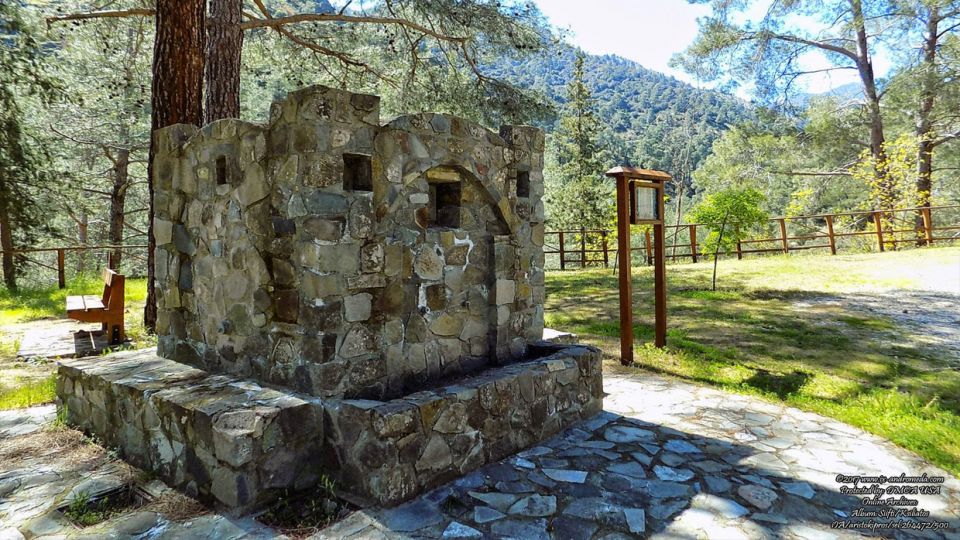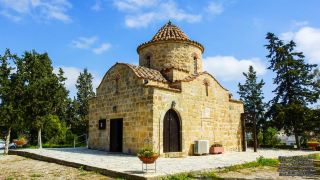From the very ancient years, the people that lived on the slopes of the mountain of Madari, used a path that followed the journey of the river Elias to reach the lowland villages. They always gave names to locations to be able to delimit their itinerary.
At some point, a few hundred metres after the Medieval bridge of the river towards the village of Lagoudera, there was a Latzia (golden oak) of huge dimensions. The strange thing about this bushy tree was that its branches bowed, and when you would see it from far away, you would think that it was bent. Thus they called this part of the journey, the location of the bowing (siiftis) Latzia (golden oak).
Centuries went by and the path became a road. The travellers increased. The trip by food and car was long. The river that “accompanied” the passer, did not always have water to give to the people.
In 1976, a faucet was built to serve the passers, at the point where the Latzia was found. From the name of the location, the faucet in its turn got its name, too. It was called “i Vrisi tis siiftis”.
Today the faucet is found there, just to remind us of the years that went by, without giving water to the passers, either because the sources stopped giving water, or because no one needed it anymore. The distances have “diminished” so much, that no one stops to get water from the faucet. Someone closed it with caps and placed a sign with the history of the faucet. If you pass by this area, stop and read its history, it will take you centuries back.




